325/65 R18 in inches What rims fit 325/65 R18 tires What is 325/65 R18?
Overall: 87%
Dry: 92%
Wet: 88%
Snow: 78%
Comfort: 87%
Wear: 89%
Check on Amazon
Overall: 82.8%
Dry: 78.7%
Wet: 80%
Snow: 80%
Comfort: 87%
Wear: 90%
Buy again: 97%
Check on Amazon
Overall: 82%
Dry: 88%
Wet: 88%
Snow: 85%
Comfort: 86%
Wear: 79%
Check on Amazon
Overall: 80%
Dry: 91%
Wet: 87%
Snow: 87%
Comfort: 83%
Wear: 82%
Check on Amazon
Overall: 74%
Dry: 89%
Wet: 82%
Snow: 65%
Comfort: 90%
Wear: 88%
Check on Amazon
Overall: 68%
Dry: 87%
Wet: 79%
Snow: 69%
Comfort: 83%
Wear: 81%
Check on Amazon
Overall: 91%
Dry: 91%
Wet: 88%
Snow: 79%
Comfort: 79%
Wear: 83%
Check on Amazon
Overall: 84. 6%
Dry: 85%
Wet: 81.5%
Snow: 94%
Comfort: 77%
Wear: 85.5%
Buy again: 90%
Check on Amazon
Overall: 80.7%
Dry: 78.3%
Wet: 65%
Comfort: 75%
Wear: 90%
Buy again: 100%
Check on Amazon
Overall: 73.6%
Dry: 73.7%
Wet: 75%
Snow: 85%
Comfort: 58%
Wear: 83%
Buy again: 75%
Check on Amazon
Best 325/65 R18 All Terrain TiresBest 325/65 R18 Off Road/Mud Terrain Tires
325/65 R18 tires diameter is 34. 6 inches, section width is 12.8 inches and rim diameter is 18 inches. So the closest and almost equal metric tire size of 325/65R18 existing size in inches is 35x13.00R18, which is 1.16% taller and 1.56% wider.
6 inches, section width is 12.8 inches and rim diameter is 18 inches. So the closest and almost equal metric tire size of 325/65R18 existing size in inches is 35x13.00R18, which is 1.16% taller and 1.56% wider.
Compare 325/65 R18 vs 35x13.00R18 with our handy tire size calculator.
For each tire size there often there are several wheel sizes. You can't put very wide tires on narrow rims or vise versa. Here is what size of the rims do you need for 325/65 R18 tires:
Rim diameter x rim width
| Parameter | Meaning |
|---|---|
| 325 | The first number shows that the tire has a width of 325 millimeters or approximately 12.8 inches. |
| 65 | The second number is the aspect ratio. In this case, it is 65%. It shows the height of the tire from the ground to rim edge, which is 65% of the width or ~ 212mm In this case, it is 65%. It shows the height of the tire from the ground to rim edge, which is 65% of the width or ~ 212mm |
| R18 | The letter R means this tire is radial. Most of all tires nowadays are radial. The number is the tire diameter in inches. It means that tire will fit 18 inch wheels |
Reference
Knowing your Jeep's tire size can be essential information when it comes time to replace that rubber, or even if you ever decide to change wheels. And while a stock tire size is imprinted right inside the driver side B pillar, you may not know what if have if you are not the original owner.
So here is some helpful information to assist you in determining what you currently have on the vehicle.
First, the sidewall of your tire contains all the information needed to understand everything about that specific tire. All tires are required to have this information, regardless of the manufacturer brand name.
Now, this information could read in a few different ways. For example, it could simply say 35x12.5 R17, or it may show as P265 75 R15. If it is the first listing, then here is the breakdown. That first number is your tire size at 35", and then the second number tells you the tire width at 12.5". That third reading is the tire type as radial and diameter as 17".
The second listing is a metric set up, and is what is more common on factory-type sized tires. From left to right, the P indicates a passenger tire while 265 indicates the tires width in millimeters. That 75 is the tire's aspect ratio and simply means the tire's height is equal to 75 percent of its width. Finally, like the first set of numbers, that R15 means it is a radial tire and has a 15" diameter.
For those who have the metric reading on their tires, you can simply plug that into the conversion calculator to determine the tire size, or find that corresponding reading on one of the below conversion charts.
Enter the metric size (i.e. 285/75 R17)
| Metric | Standard |
|---|---|
| 215/75/15 | 27.7"x 8.5" |
| 225/70/15 | 27.4"x 8.9" |
| 225/75/15 | 28.3"x 8.9" |
| 235/75/15 | 29.0"x 9.3" |
| 245/75/15 | 29.5"x 9.6" |
| 255/75/15 | 30.0"x 10.0" |
| 265/75/15 | 30.6"x 10.4" |
| Metric | Standard |
|---|---|
| 205/85/16 | 29. 7"x 8.1" 7"x 8.1" |
| 215/75/16 | 28.7"x 8.5" |
| 225/70/16 | 28.4"x 8.9" |
| 225/75/16 | 29.2"x 8.9" |
| 235/70/16 | 29.0"x 9.3" |
| 235/85/16 | 31.7"x 9.3" |
| 245/70/16 | 29.5"x 9.6" |
| 245/75/16 | 30.5"x 9.6" |
| 255/70/16 | 30.0"x 10.0" |
| 265/70/16 | 30.6"x 10.4" |
| 265/75/16 | 31.6"x 10.4" |
| 275/70/16 | 31.2"x 10.8" |
| 285/75/16 | 32.8"x 11.2" |
| 295/75/16 | 33.4"x 11.6" |
| 305/70/16 | 33.0"x 12.2" |
| 315/75/16 | 34.8"x 12.4" |
| 375/55/16 | 32.8"x 15.5" |
| 395/70/16 | 37.9"x 16.0" |
| Metric | Standard |
|---|---|
| 245/70/17 | 30.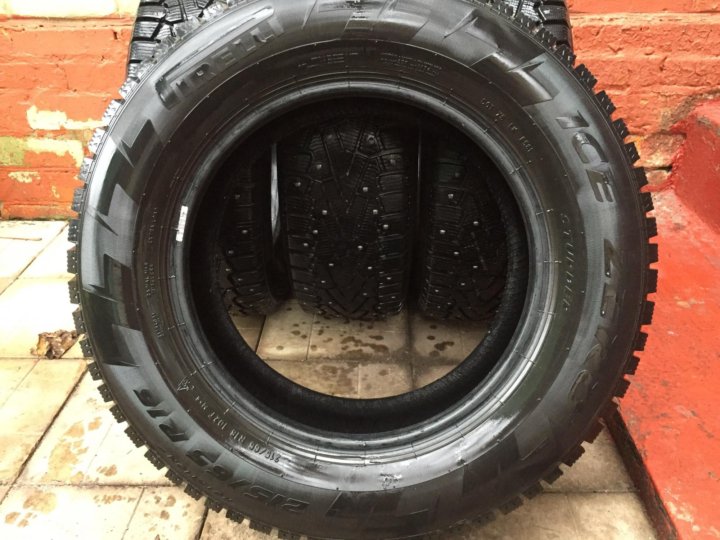 6"x 9.8 6"x 9.8 |
| 265/70/17 | 31.6"x 10.7 |
| 285/70/17 | 33.0"x 11.5 |
| 315/70/17 | 34.4"x 12.4 |
| Metric | Standard |
|---|---|
| 275/65/18 | 32.1"x 11.0 |
| 375/50/18 | 33.0"x 15.4 |
| 325/60/18 | 33.2"x 13.3 |
| 325/65/18 | 34.8"x 13.5 |
| 305/70/18 | 35.0"x 12.2 |
| 375/60/18 | 35.7"x 15.5 |
| 395/65/18 | 37.8"x 15.7 |
| Metric | Standard |
|---|---|
| 325/50/20 | 33.0"x 13.2" |
Metric measurement example: 225/70R15
225 = Section width in millimeters
70 = Aspect ratio (ratio of section height to section width)
R15 = Rim diameter
R = Radial Construction, B = Bias Construction, D = Bias Belted Construction
Calculations for Measurements
Tire Width: Section width divided by 25.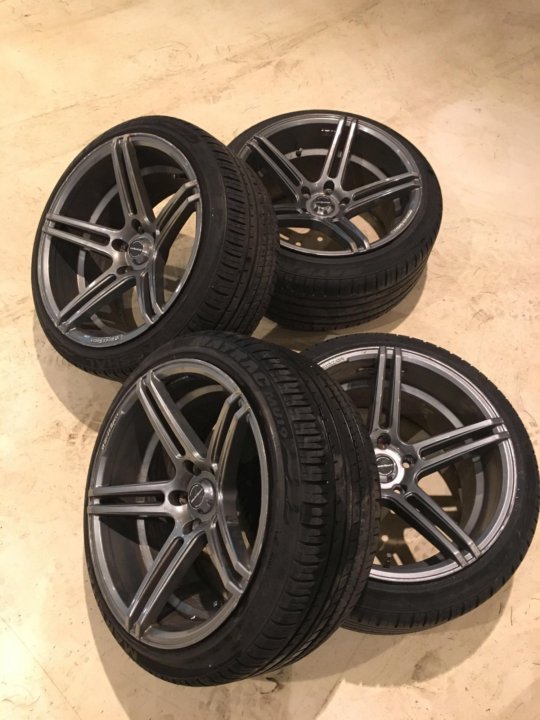 4 (Ex: 225 / 25.4 = 8.86")
4 (Ex: 225 / 25.4 = 8.86")
Section Height: Tire width times aspect ratio (Ex: 8.86" x 70% = 6.20")
Overall Diameter: Section height times 2 plus rim diameter (Ex: (6.20" x 2) + 15 = 27.40")
See all tires here
When Is It Time To Change My Jeep's Tires?
Choosing The Best Jeep Tires
How Do You Rotate Jeep Tires?
Tags:
AOAA Mammoth Trail Ribbon Cutting Ceremony
Five Things To Do Today In Your Jeep
You don't just have to be a bystander when you own a Jeep.
READ MORE
The Five Best Products For Your Jeep's Interior
Most Jeep owners love opening up their cabin during summer months.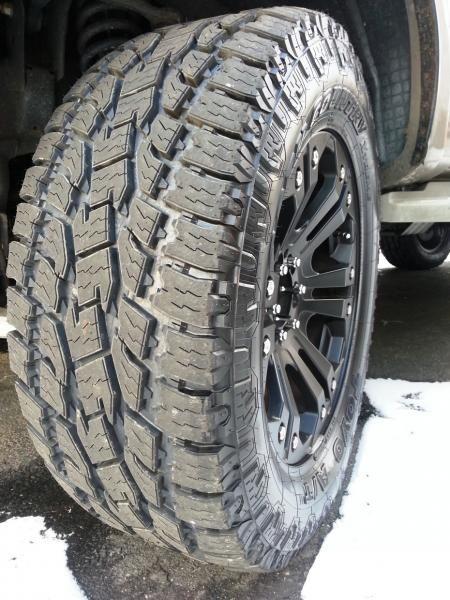 So make sure your vehicle's interior is ready.
So make sure your vehicle's interior is ready.
READ MORE
Yukon Gear & Axle Chromoly Axle Shafts for Jeep Wrangler & Gladiator
2023 Jeep Rubicon Marks End Of Wrangler EcoDiesel
Brand discontinuing powerhouse engine for its signature lineup following limited edition run.
READ MORE
Lynx Adjustable Control Arms & Track Bars for Jeep Wrangler JK, JL & Gladiator JT
Yukon Gear & Axle Hardcore Differential Covers for Jeep Wrangler & Gladiator
Expert Review: PowerTank Air System
Speed, functionality and durability. This highly-capable tank system can swiftly air up your tires — and so much more.
READ MORE
Yukon Gear & Axle Zip Locker & Compact Air Compressor for Jeep Wrangler
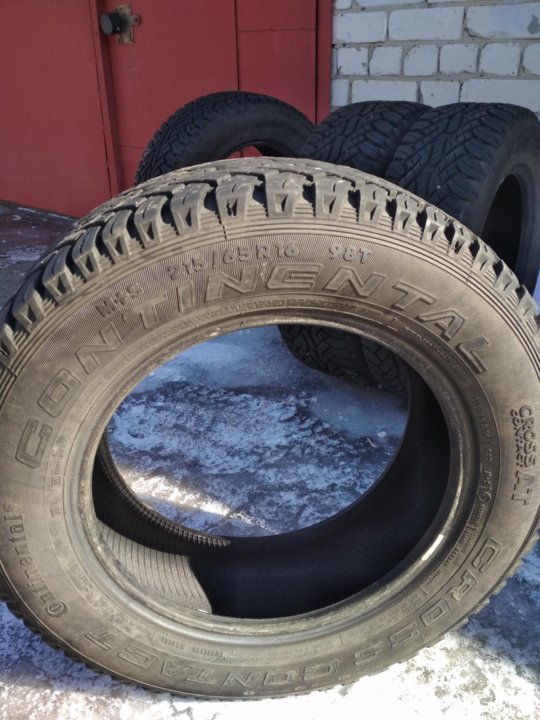 2. Dependence of the yield of liquid hydrocarbons and the degree of conversion of ethanol on its feed rate , at a temperature of 390 °С
2. Dependence of the yield of liquid hydrocarbons and the degree of conversion of ethanol on its feed rate , at a temperature of 390 °С Temperature, °С 390 390 390 390 390 390 390 390 390 390
Concentration of ethanol, % 92 92 92 92 22 92 92
Feed rate, h-1 0.2 0.4 0.9 1.1 1.8 4.3 5.7 8.6 17.3 22.5
Ethanol conversion, % 100 100 100 98 97.3 93 89 81.2 73.5 65.3
Yield of liquid hydrocarbons, % 26.5 23.1 17.5 16.5 14.3 11 9.3 6.8 3.5 0.7
Output of hydrocarbon gases, % 34.3 37.7 43.3 44.3 46.5 49.8 51.5 54 57.3 59.65 H. Dependence of the yield of liquid hydrocarbons and the degree of conversion of ethanol on its feed rate and concentration, at a temperature of 350 °C
Temperature, °C 350 350 350 350
Ethanol concentration, % 49 49 99 99
Feed rate, h-1 1.8 4.3 1.8 4.3
Ethanol conversion, % 97.3 94.1 100 95.7
Yield of liquid hydrocarbons, % 6.9 4.4 13.9 10.7
Yield of hydrocarbon gases, % 53. 9 56.4 46.9 50.1
9 56.4 46.9 50.1
After establishing the period of stationary operation of the catalyst, experiments were carried out with varying the feed rate of ethyl alcohol from 0.2 to 22.5 h-1 at temperatures of 350 and 390°C (data are shown in table 1 and table 2). The catalyst was regenerated with atmospheric oxygen at a temperature of 540°C for 30 minutes after each experiment. As a result of the experiments, it was found that with an increase in the feed rate, the yield of liquid hydrocarbons (the component composition of which includes toluene, xylenes, ethyltoluene) decreases, while the yield of gaseous products (ethylene, ethane, propylene, propane, butane and butenes) and their ethylene content increases. To identify the effect of the partial pressure of ethyl alcohol on the yield of liquid hydrocarbons, we conducted a series of experiments with varying the initial concentration of alcohol (table 3). As follows from the data obtained, the yield of gaseous hydrocarbons also increases with a decrease in the concentration of the initial alcohol.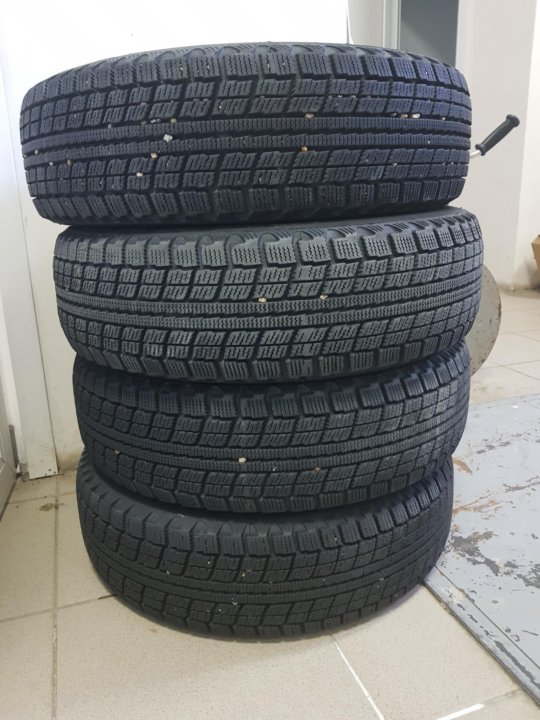
The best results in terms of the yield of liquid hydrocarbons -26.5% were obtained at a temperature of 390 °C and a feed rate of 92% ethyl alcohol - 0.2 h-1.
UDC 547.26U1.781
V.E. Golubev, A.E. Kharin, A.A. Shilov
Novomoskovsk Institute of the Russian Chemical-Technological University. DI. Mendeleev, Novomoskovsk, Russia.
4(5)-NITROIMIDAZOLE-5(4)-CARBOXIC ACID ESTERS
acids have been synthesized to study pharmacological properties. It was found by in vitro the experiments, that imidazolilmethyl ester of 4(5)-nitroimidozolil-5(4)-carbonic acids has the most bactericide action on sulphamidstability stamms of some microbe from studied esters. To study the pharmacological properties, ethyl, propyl, n-butyl, isoamyl, n-hexyl, benzyl, and imidazolyl esters of 4(5)-nitroimidazole-5(4)-carboxylic acid were synthesized. Experiments in vitro have shown that imidazolyl methyl ester of 4(5)-nitroimidazole-5(4)-carboxylic acid has the strongest bacteriostatic effect on sulfamide-resistant strains of some microbes among the studied esters.
A relatively simple and convenient method for the preparation of 4(5)-nitroimidazole-5(4)-carboxylic acid [1], based on the direct nitration and oxidation of 4(5)-hydroxymethylimidazole, has been developed, making this acid accessible and expanding the scope of research in a number of derivatives of this acid, studied very little. Thus, among the esters of 4(5)-nitroimidazolecarboxylic acid, only methyl ester obtained from methanol and nitro acid using dry hydrogen chloride is described in the literature [2]. It was of interest to obtain other esters of this acid and study their properties. The replacement of hydrogen chloride with concentrated sulfuric acid, as shown by our experiments, significantly affects the quality and does not affect the yield of the corresponding esters. Therefore, it was considered expedient to carry out the esterification reaction under normal conditions using sulfuric acid. However, in some cases, for example, when obtaining benzyl ether, it is necessary to observe a different order of addition of the reactants, which will be discussed below. 4(5)-Nitroimidazole-5(4)-carboxylic acid imidazolyl methyl ester was obtained from 4(5)-nitroimidazolecarboxylic acid hydrochloride according to the equation: 9Ch3Cl AgOOC -N
4(5)-Nitroimidazole-5(4)-carboxylic acid imidazolyl methyl ester was obtained from 4(5)-nitroimidazolecarboxylic acid hydrochloride according to the equation: 9Ch3Cl AgOOC -N
N____N _H
___X> +____
+ 2 AgCl
CH2-00C----HOOC----~N
The silver salt used for this reaction was obtained by mixing heated nitrate alcohol solutions and 4(5)-nitroimidazolecarboxylic acid and precipitates as small yellow crystals.
Silver salt of 4(5)-nitroimidazolecarboxylic acid is not described in the literature. The structure of this salt is proved by the synthesis of benzyl ether according to the scheme: 9
NN--COOAe N---hC00CH2C6H5 The resulting ester is identical to that described in the literature. 4(5)-chloromethylimidazole hydrochloride was obtained by the action of thionyl chloride on 4(5)-hydroxymethylimidazole hydrochloride [3]. All the esters described here are crystalline substances that do not form salts even with strong mineral acids; they do not form complex compounds with picric and chloroplatinic acids. During the oxidation of esters with a 3% alcoholic solution of KOH on heating, followed by treatment of the potassium salt with hydrochloric acid, 4(5)-nitroimidazolecarboxylic acid and the initial alcohol (beginning with butyl alcohol) were isolated in amounts corresponding to the composition of the taken for analysis of the ester. Unlike all other esters we have studied, imidazolyl methyl ester of 4(5)-nitroimidazolecarboxylic acid is highly soluble in cold water and much worse in acetone. In terms of antibacterial activity, it is approximately equal to sulfidine, but differs from it in that it has a bacteriostatic action on sulfamide-resistant strains of some microbes, other ethers are far inferior to it in this respect.0003 Research conducted at the Tomsk Research Institute of Vaccines and Serums N. Experimental part. Methyl ether (I). 3y. 4(5)-nitroimidazole carboxylic acid is added to 57 ml of anhydrous methyl alcohol containing 3 g of sulfuric acid (density 1.84). The mixture is heated on a water bath for 1 hour, evaporated to half the volume and the crystals precipitated upon cooling are separated; colorless plates with so pl. 212-213° (from boiling water). Yield 1.9g (59.6%). Insoluble in cold water, ether, benzene, chloroform and carbon tetrachloride, soluble in hot alcohol and acetone. Data on the analysis of this and subsequent compounds are shown in table 1. Ethyl ester (II) was obtained similarly to I from 3 g of 4(5)-nitroimidazolecarboxylic acid and 53 ml of anhydrous alcohol with 3 g of sulfuric acid dissolved in it (density 1.84). Yield 1.95g (55.5%). Colorless plates, m.p. 201-2080. Highly soluble in acetone, heated alcohol and boiling water. It dissolves in dilute alkalis with yellow coloring of the solution. Propyl (III), n-butyl (IV), isoamyl (V), n-hexyl (VI) esters were obtained analogously to I (heating time 2.5-4 hours with yields 52.2; 49.1; 52, 6 and 47.9%, respectively.) Melting point: III 179-1800, IV 182-1830, V 203-204°, VII 173-174°. Small plates are highly soluble in acetone and hot alcohol. Benzyl ether (VII). To 4 g of 4(5)-nitroimidazolecarboxylic acid is added 4 g of sulfuric acid. The mixture is thoroughly mixed until a homogeneous paste is formed, 76 g of benzyl alcohol are slowly poured into it and heated in a boiling water bath for 8 hours. Carbon tetrachloride is added to the separated alcoholic solution of ether (upper layer) until the white crystalline precipitate stops and is left to stand (5-6 hours.) The yield of the product recrystallized from aqueous acetone is 3.1 g (49s 16.88;17.09 16.99 VIII C8I704K3 29.32;29.43 29.57 Imidazolyl methyl ether (VIII). References 1. Kulev, L.P. Auth. certificate No. 102037 / L.P. Kulev and A.M. Rozhkov.- (1955). 2. Windaus, Langenbek, Ber. 56,683 (1923). 3. Turner. Huebner, Scholz, J. Chem. Soc. 77.2801 (1949). 4. Alesbrook, Gulland, Story, J. Chem. Soc., 7942,232. UDC 66.093.64:(547.391.1.261+547.472.3) E.A. Gorbatenko, E.I. Privalova, E.V. Varlamov, R.A. Kozlovsky, V.F. Shvets Russian Chemical-Technological University. DI. Mendeleev, Moscow, Russia PRODUCTION OF METHYL ACRYLATE BASED ON LACTIC ACID FROM RENEWABLE PLANTS In this work it is viewed the process of dehydration of lactic acid's methyl ether into methyl ether of acid acrylic. The purpose of researches is to find the effective catalytic systems and selection of optimum conditions for methylacrylate. This paper discusses the process of dehydration of lactic acid methyl ester to acrylic acid methyl ester. The aim of the research is to search for efficient catalytic systems and to select the optimal conditions for the production of methyl acrylate. Experimental data have been obtained that make it possible to correct the direction for the search and development of new effective catalysts for the synthesis of acrylic acid methyl ester. When using NaX-K as a catalyst, the best results with yields of 78-82% were obtained when used in a mixture with methanol methyl lactate, temperature 320-325°C and contact time 0.25-0.4 s. The world's reserves of fossil organic raw materials, represented by oil, natural gas and coal, are huge, but sooner or later they will be exhausted. Home Methods of payment for the order on unityre.kz On our site you can pay for the purchased goods in several ways: Online payment failure cases:  Aqueous solutions of silver nitrate are precipitated from alcoholic solutions of esters, as in the case of 4(5)-nitroimidazolecarboxylic acid methyl ester [4], white amorphous precipitates: 902
Aqueous solutions of silver nitrate are precipitated from alcoholic solutions of esters, as in the case of 4(5)-nitroimidazolecarboxylic acid methyl ester [4], white amorphous precipitates: 902  B. Plakhova under the guidance of prof. S.P. Karpov.
B. Plakhova under the guidance of prof. S.P. Karpov. 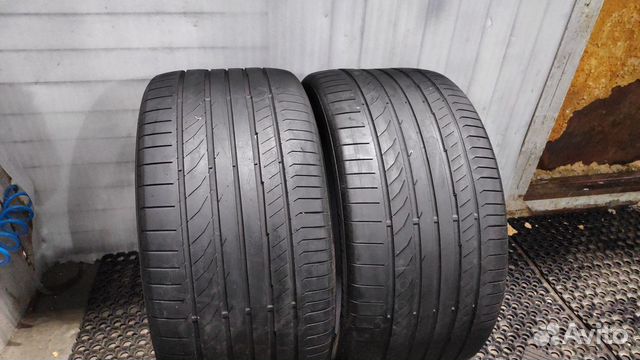 With silver nitrate, an alcoholic solution of ether forms a white amorphous precipitate, soluble in nitric acid.
With silver nitrate, an alcoholic solution of ether forms a white amorphous precipitate, soluble in nitric acid.  a.) Preparation of the silver salt of 4(5)-nitroimidazolecarboxylic acid. 6 g of AgNO3 is dissolved in 150 ml of alcohol heated almost to boiling point 980. Hot liquid with vigorous stirring is poured into a heated solution of 5 g of 4(5)-nitroimidazolecarboxylic acid in 95 ml of alcohol. The small yellow crystals that precipitated on cooling are filtered and washed with warm water. Yield 7.9 g (94%). Salt is insoluble in water; when heated above 3000 decomposes. b.) Getting ether. 5 g of silver salt of 4(5)-nitroimidazolecarboxylic acid is suspended in 75 ml of anhydrous methyl alcohol, 1.4 g of 4(5)-chloromethylimidazole hydrochloride is added and the mixture is heated for 3 hours in a water bath. The precipitate of silver chloride is filtered off, washed with methyl alcohol and the filtrate is evaporated to dryness. To isolate the ether from the mixture, the dry residue is dissolved by heating in ethyl alcohol and carbon tetrachloride or ethyl ether is added until a white precipitate stops.
a.) Preparation of the silver salt of 4(5)-nitroimidazolecarboxylic acid. 6 g of AgNO3 is dissolved in 150 ml of alcohol heated almost to boiling point 980. Hot liquid with vigorous stirring is poured into a heated solution of 5 g of 4(5)-nitroimidazolecarboxylic acid in 95 ml of alcohol. The small yellow crystals that precipitated on cooling are filtered and washed with warm water. Yield 7.9 g (94%). Salt is insoluble in water; when heated above 3000 decomposes. b.) Getting ether. 5 g of silver salt of 4(5)-nitroimidazolecarboxylic acid is suspended in 75 ml of anhydrous methyl alcohol, 1.4 g of 4(5)-chloromethylimidazole hydrochloride is added and the mixture is heated for 3 hours in a water bath. The precipitate of silver chloride is filtered off, washed with methyl alcohol and the filtrate is evaporated to dryness. To isolate the ether from the mixture, the dry residue is dissolved by heating in ethyl alcohol and carbon tetrachloride or ethyl ether is added until a white precipitate stops. Yield 2.1 g (41.3%). Small colorless plates with so pl. 153-1540 (from a mixture of alcohol and ether). Let's well dissolve in water and hot alcohol, we will dissolve a little in acetone; it does not dissolve in ether, benzene, carbon tetrachloride and chloroform.
Yield 2.1 g (41.3%). Small colorless plates with so pl. 153-1540 (from a mixture of alcohol and ether). Let's well dissolve in water and hot alcohol, we will dissolve a little in acetone; it does not dissolve in ether, benzene, carbon tetrachloride and chloroform.  Experimental data allow us to correct direction for a search and development of new effective catalysts for synthesis of acrylic acid's methyl ether. The best results with yield 78-82% have been received with use of the catalyst NAX-K, at use methanol in a mix with methyl lactate, temperature 320-325°C and contact time 0.25-0.4 sec.
Experimental data allow us to correct direction for a search and development of new effective catalysts for synthesis of acrylic acid's methyl ether. The best results with yield 78-82% have been received with use of the catalyst NAX-K, at use methanol in a mix with methyl lactate, temperature 320-325°C and contact time 0.25-0.4 sec.  Already today, there is a clear shortage of fossil fuels, which is expressed in the constant growth of their prices on world markets. In this regard, renewable sources - wood, crop and livestock products, including waste from their processing - are increasingly being used as an alternative to fossil fuels.
Already today, there is a clear shortage of fossil fuels, which is expressed in the constant growth of their prices on world markets. In this regard, renewable sources - wood, crop and livestock products, including waste from their processing - are increasingly being used as an alternative to fossil fuels. Methods of payment for the order on unityre.kz
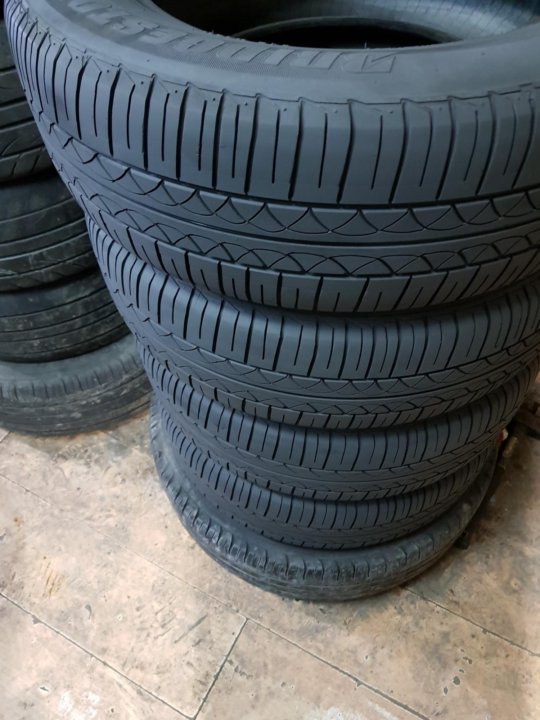 Make sure you entered your details correctly so that the invoice prints correctly for you. If you have any problems with the invoice printout, write to us or call +7 (708) 972 29 72 (Whatsapp).
Make sure you entered your details correctly so that the invoice prints correctly for you. If you have any problems with the invoice printout, write to us or call +7 (708) 972 29 72 (Whatsapp). 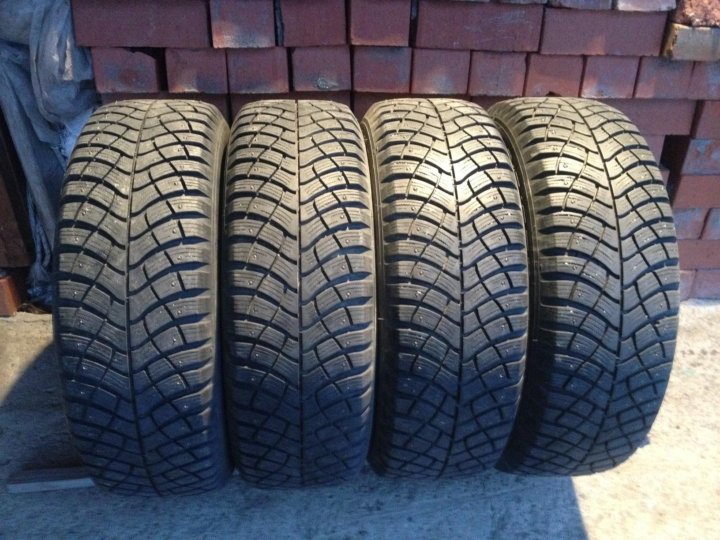
* Payment by payment cards is safe, because:

